Technology key to green and sustainable development
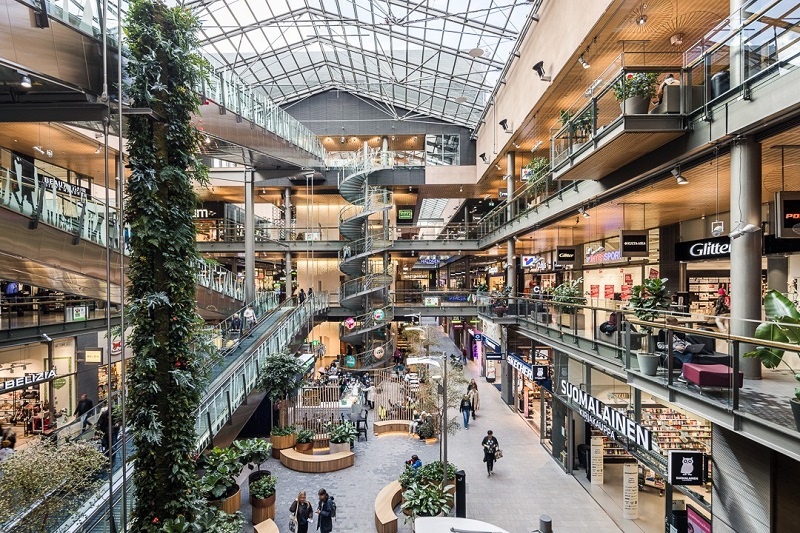 |
According to Marjo Kankaanranta, managing director of Sello Shopping Centre, since its construction in 2003, Sello has received the support of Siemens AG to apply a smart building management system with a view to optimising energy efficiency, minimising carbon emissions, and using renewable energy.
The system has been continuously upgraded in the following years. By 2015, Sello will be one of nine buildings to achieve LEED EB Platinum certification. By 2023, the shopping centre will be recognised as one of the smartest buildings in Europe.
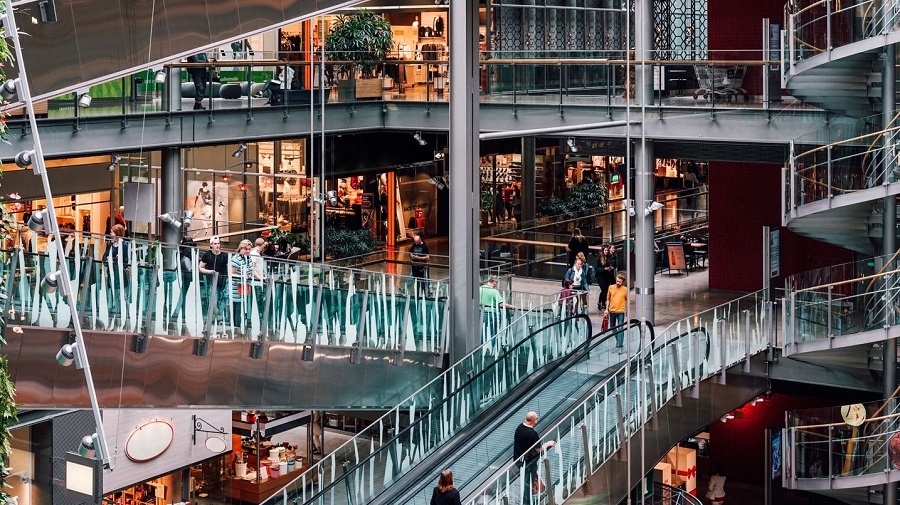 |
There are installed sensors, solar power combined with storage systems, intelligent control systems, and weather forecast data. Besides a smart lighting system, it also helps maintain a stable temperature, ensures a clean air system, and provides a comfortable and convenient experience for sellers and shoppers.
As the proper amount of energy is calculated for operation, Sello can reduce a high level of emissions. The shopping mall not only fully utilises renewable energy, but also supplies excess energy to the national grid and collected €2.5 million ($2.7 million) in 2019. In addition, Sello saves up to €550,000 per year thanks to these energy-saving solutions.
"The most important thing is that the shopping mall can enhance the customer experience, retain tenants, create the image of a green shopping mall for buyers, save operating costs, and keep space rent as low as possible," said Marjo Kankaanranta, adding that Sello's booth occupancy rate is up to 99.2 per cent.
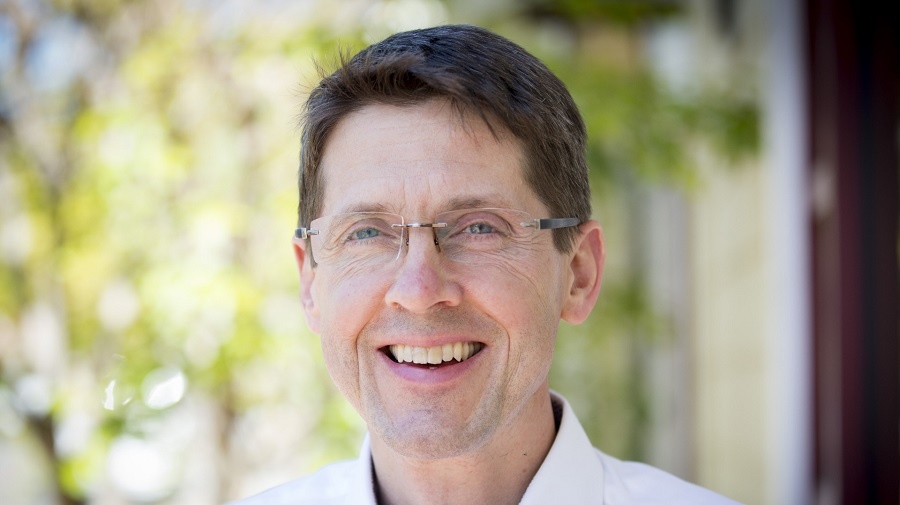 |
| Thomas Kiessling, global chief technology officer, Smart Infrastructure of Siemens AG |
According to Thomas Kiessling, global chief technology officer, Smart Infrastructure of Siemens AG, buildings are the biggest source of emissions. Solutions are needed to achieve carbon neutrality in any area of any country.
According to calculations, urban buildings make up 40 per cent of the energy consumption in each city, emitting 27 per cent of greenhouse gases. It was followed by traffic, which accounts for 33 per cent of energy consumption and emits 20 per cent of greenhouse gases.
"Globally, 75 per cent of commercial buildings are not energy efficient. Tech-based solutions will help save energy usage by 30-40 per cent. It is a matter of action," said Kiessling. "We can't achieve the goal of reducing the global temperature by 1.5 degrees Celsius without using digital measures in the management of emissions sources."
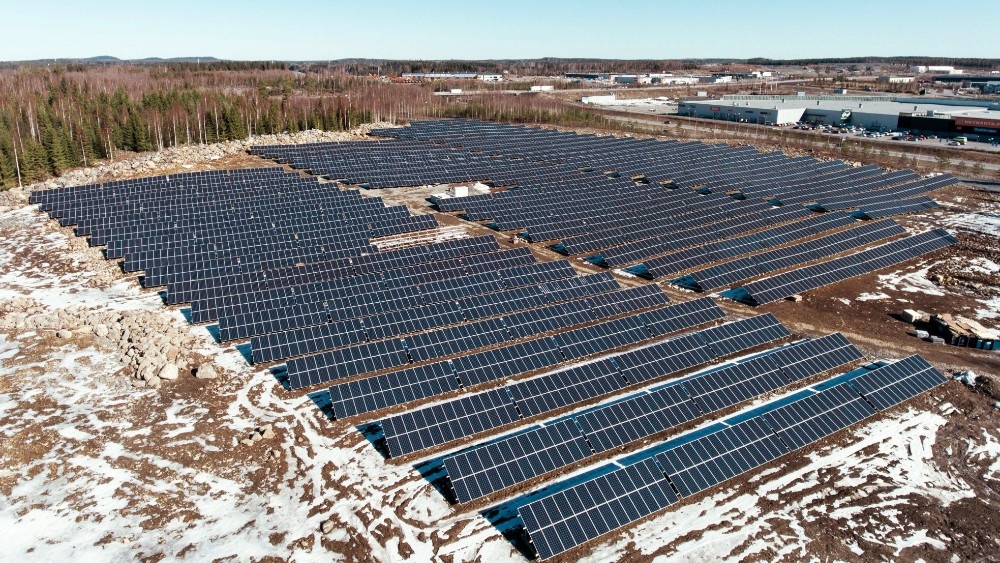 |
In June 2022, Siemens AG has launched an open digital business platform, Siemens Xcelerator, to accelerate digital transformation and value creation for customers of all sizes in industry, buildings, grids, and mobility.
Mikko Kettunen, general director of Lempäälän Energia Oy, a district heating and electricity producer, said "In the context of increasing energy costs, high thermal power demand, and fluctuating load graphs, the LEMENE project has set its sights on providing a cost-effective and environmentally friendly energy system while ensuring safe power supply."
"To address this challenge, Lempäälän Energia has introduced Microgrid Control – a SICAM application, with software from the Siemens Xcelerator portfolio. Microgrid Control enables the most efficient use of the energy mix, helping to maximise profits for Lempäälän Energia. By exploiting features such as energy input/output control, peak load reduction and on-demand charges, and thermal control, Lempäälän Energia can take advantage of on-site renewable assets. This ensures that the system can meet its energy self-sufficiency goals by reducing energy costs and minimising the running time of gas boilers, thereby eliminating CO2 emissions.”
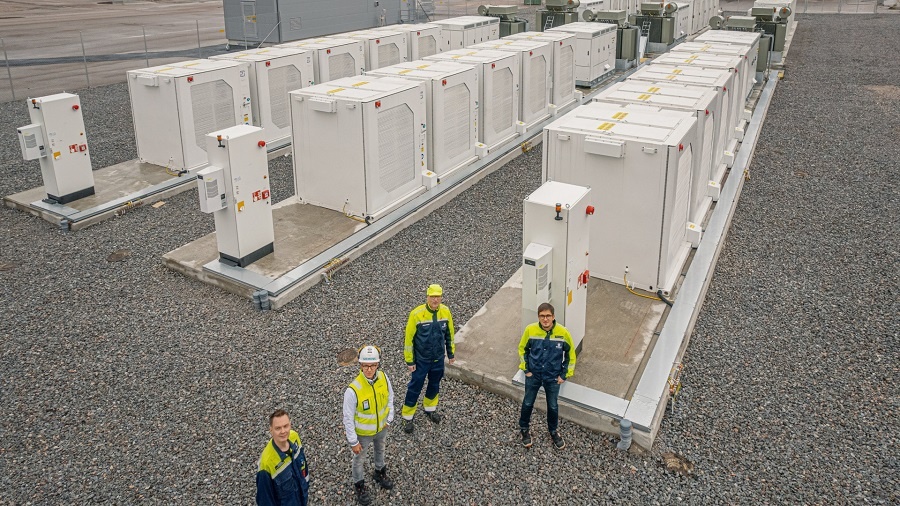 |
Sinebrychoff is one of Finland's leading breweries, producing more than 300 million litres of beer, cider, soft drinks and energy drinks annually. To take energy optimisation to the next level, Siemens supported Sinebrychoff in developing a smart energy system with a focus on a virtual power plant and the latest software and energy storage technology.
This virtual smart power management system consists of a modular electrical storage facility, which is half the size of a football field. It features numerous batteries measuring 2m x 2m x 2m. This 20MWh electric storage unit was connected to the grid at the end of October 2021 and to the brewery in March 2022, allowing Sinebrychoff to fully utilise renewable energy for production.
Wind power or solar power can only be produced in sunny and windy conditions. Factories using renewable energy still have to use it in parallel with grid electricity to operate and meet their needs. The investment in electricity storage facilities enables Sinebrychoff to fully use renewable energy. The company can sell the excess stored electricity to the national grid during peak hours at a price greater than the storage costs. As a result, the company can earn a new source of revenue by selling excess electricity.
According to Constantin Ginet, global director of Energy Services at Smart Infrastructure of Siemens AG, Siemens' management system helps to analyse data, make reports, and build KPI systems based on achieved goals, thereby offering improved solutions in each phase.
The virtual smart energy management system reduced Sinebrychoff's electricity consumption from 29.4 GWh in 2018 to 28.4 GWh in 2021. This is a great achievement because of the expanded production process combined with automation. It helps save energy costs of more than EUR500,000 per year and facilitates the company's efforts to achieve sustainable development goals.
The energy market in Scandinavia is developing very rapidly, especially with the participation of many suppliers, from large-scale power plants to households, buildings, and factories. Electric cars are more common on the street, which are store electricity units through the battery system on the vehicles. Power system management is both easy and complex. The power system with multiple sources allows Finland to rapidly increase the rate of electricity generation from renewable energy and gradually reduce the supply from fossil energy such as coal and gas.
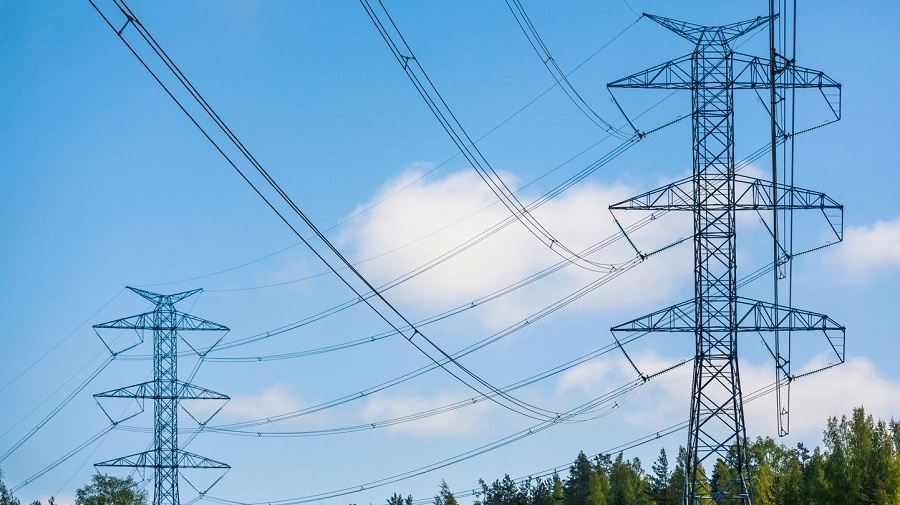 |
The Finnish transmission system operator, Fingrid, has to solve this challenge. Fingrid's general manager, Jukka Ruusunen, has created a single digital grid model to plan, operate, and maintain Finland's transmission system. Specifically, eight software products have been integrated into one application.
Siemens is also addressing this challenge with Fingrid by using Siemens' grid data management solution, network analysis solution, and simulation solution. It helps connect various IT systems to improve the efficiency of data usage in an integrated solution. Siemens technology has established a "single source of truth" for all data in operations, planning, protection, and bringing to market.
"The result of this collaboration is that the model is now 100 times more detailed than the previous model. In addition, data quality is constantly checked and, if necessary, corrected for all users. This important information helps ensure electrical safety when planning and operating the grid," said Ruusunen.
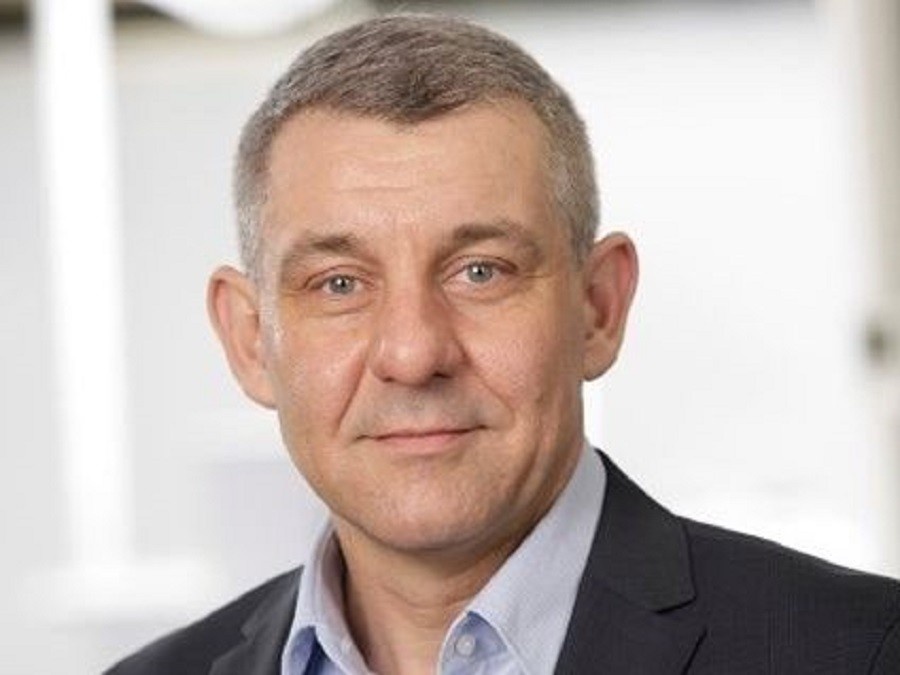 |
| Harald Schnur, head of Siemens Smart Infrastructure, Finland and Baltic |
Harald Schnur, head of Siemens Smart Infrastructure, Finland and Baltic, is proud that Siemens has accompanied the Finnish government in implementing digital technology to reduce emissions and protect the living environment.
For up to 168 years of development, Siemens has participated in most economic investment sectors in Finland, with many outstanding projects in the fields of electrification and automation. Siemens is now actively involved in digitisation in all areas of the economy and life towards smarter and more sustainable development.
"Not only in the field of energy management, Siemens is also involved in many other areas of great social value, such as transportation. Siemens' solutions help to bridge the geographical gap between regions. Thanks to these solutions, more than five million Finns have the same opportunity to benefit and access high-quality services, regardless of rural and urban areas," Schnur said.
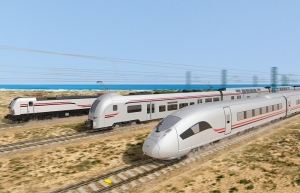 | Siemens Mobility finalises contract for 2,000km high-speed rail system in Egypt Siemens Mobility and its consortium partners Orascom Construction and The Arab Contractors have signed a contract with the Egyptian National Authority for Tunnels, a governmental authority under the jurisdiction of the Ministry of Transport of Egypt, to create the sixth-largest high-speed rail system in the world, according to a statement released by Siemens AG on May 28. |
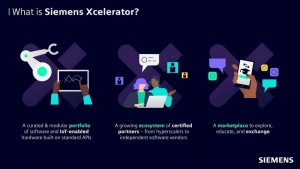 | Siemens launches flagship business platform to accelerate digital transformation On June 29, global tech giant Siemens AG announced the launch of an open digital business platform, the Siemens Xcelerator, to accelerate digital transformation and value creation for customers of all sizes in industry, buildings, grids, and mobility. |
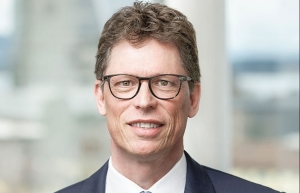 | Siemens Xcelerator: digital transformation made easy Customers want an easy way to roll out digital solutions that are tailored to their needs. As Siemens, our mission is to meet that need. Our mission is to make digital transformation easier, faster, and at scale, to serve our customers and help them accelerate the IoT transformation in all their endeavours. |
What the stars mean:
★ Poor ★ ★ Promising ★★★ Good ★★★★ Very good ★★★★★ Exceptional
Related Contents
Latest News
More News
- Standard Chartered and ACCA deepen collaboration to develop Vietnam’s talent for a sustainable future (December 15, 2025 | 18:18)
- Schaeffler reports strong early output from Dong Nai solar project (December 12, 2025 | 15:16)
- Forestry conference highlights biodiversity and sustainability goals (December 09, 2025 | 13:35)
- Home Credit honoured among top 10 sustainable companies in trade and services (December 09, 2025 | 12:18)
- SCG and seven member companies honoured in Top 100 Sustainable Businesses 2025 (December 08, 2025 | 09:00)
- Nestlé Vietnam pioneers sustainable development and promotes business connections (December 06, 2025 | 12:09)
- CSI 2025 highlights rise of Vietnam’s green champions (December 06, 2025 | 09:00)
- Acecook Vietnam named among top 100 sustainable businesses (December 06, 2025 | 08:00)
- Vietnam’s forest carbon credits draw global interest (December 05, 2025 | 17:41)
- Coro Energy to launch BESS Pilot in Vietnam (December 04, 2025 | 15:12)

 Tag:
Tag:






















 Mobile Version
Mobile Version